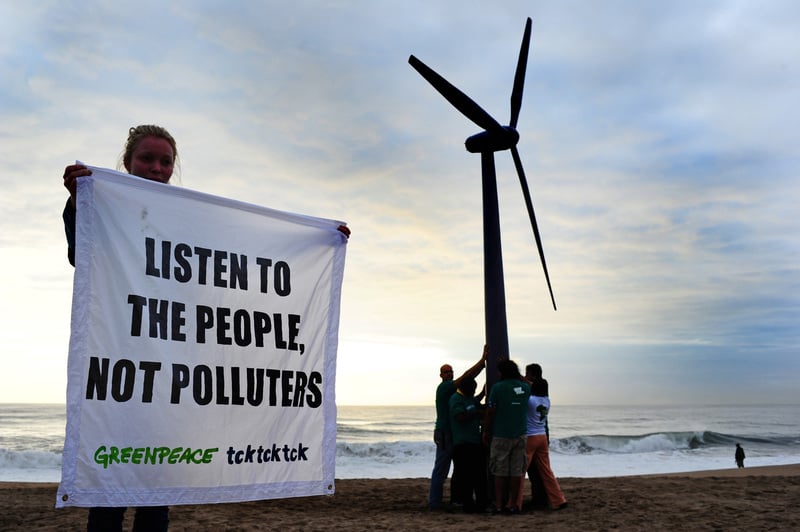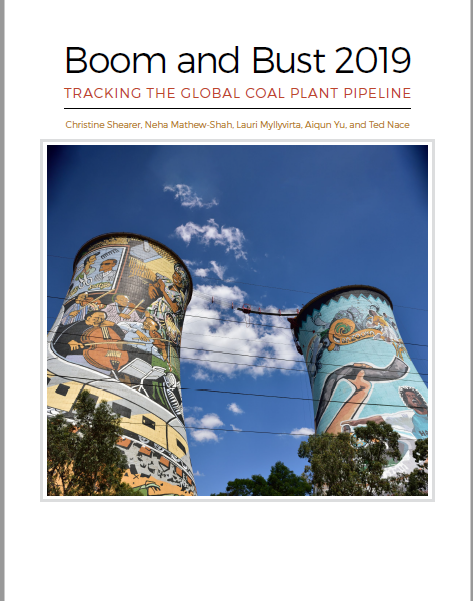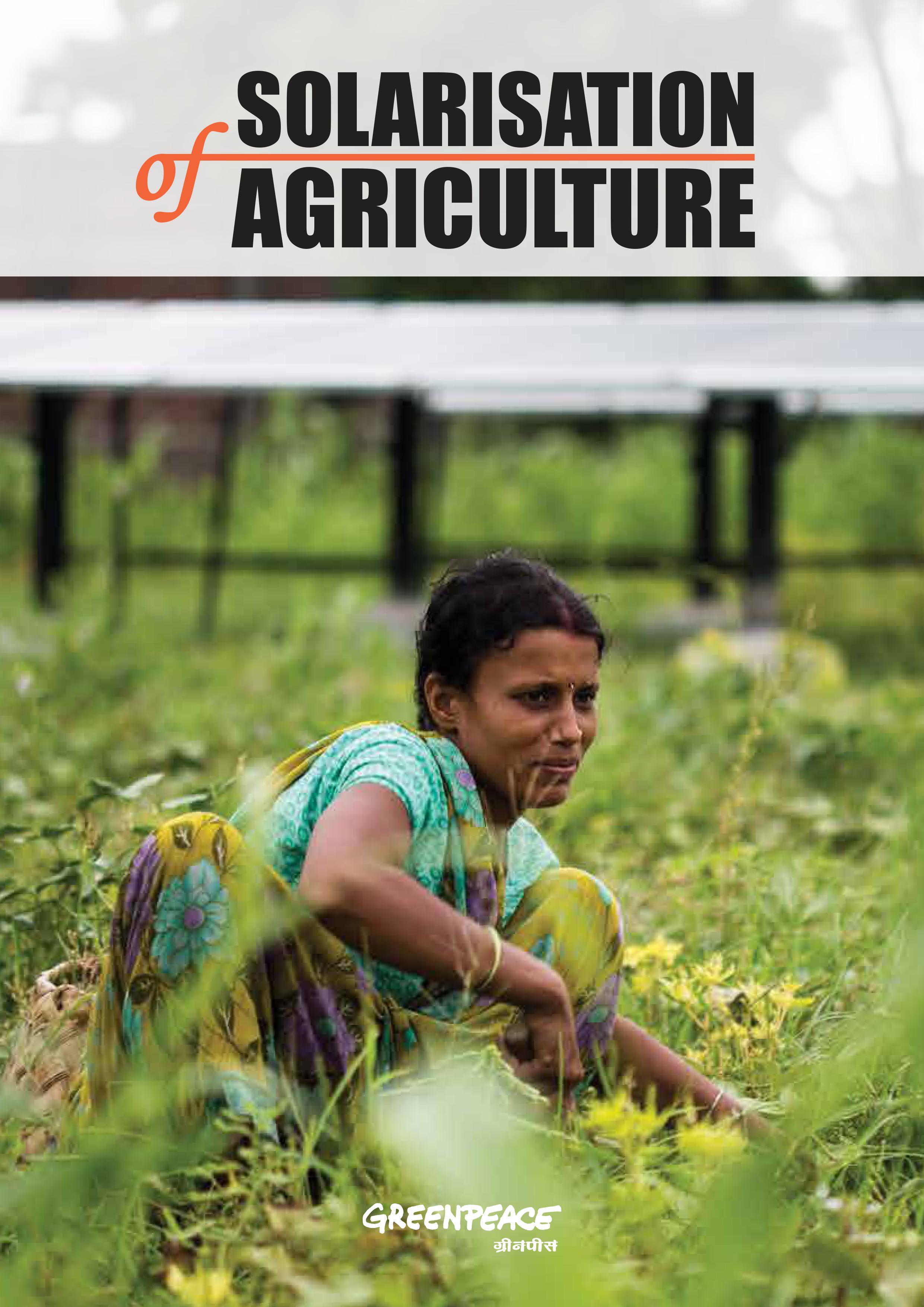It is not often that representatives from leading think-tanks, farmer groups, policy advocacy & research groups; and solar pumps and microgrid businesses gather under one roof. Last week, they all came together at the Gujarat Energy Management Research Institute (GERMI) campus in Gandhinagar.
The occasion was a roundtable conference organised by Greenpeace India, GERMI and IWMI-Tata Water Policy Program to discuss the way forward for the central government’s funding scheme called KUSUM (an acronym for Kisan Urja Suraksha evam Utthan Mahayojana). Besides this, organisations also presented different decentralised renewable energy (DRE) models that would go a long way for India to fulfill its Renewable Energy dreams.
Who is KUSUM?
And why is this tongue-twister of a scheme so important?
Here’s a fun fact: If all grid-connected solar pumps were to be replaced by solar pumps in farms across the country, India could surpass its solar target of 100 GW by 2022! These facts were unearthed last week in an analysis jointly undertaken by Greenpeace India, GERMI, and IWMI-Tata Water Policy Program.
Replacing 100% of all agricultural consumption in the next five years would require a total solar PV installed capacity of close to 150 GW. Realistically, even achieving 10% of this potential in the next five years would mean a capacity of almost 15 GW of decentralised renewable energy, which is quite significant. India has a set 40 GW as its decentralised renewable energy target and as of March 2018, we have achieved about 2.4 GW. Thus, solar pumps can play a vital role in fulfilling India’s solar dreams.
Besides this, net-metered solar pumps will also prove to be an additional income for farmers, provide them free daytime electricity and also reduce the subsidy burden on cash-strapped DisComs. Farmers in the village of Dhundi have formed a cooperative called Solar Pump Irrigators’ Cooperative Enterprise (SPICE) and have been able to earn as much as over Rs 2 lakh from power sales to the distribution company or Discom –Madhya Gujarat Vij Company Ltd (MGVCL) – at Rs 4.63/unit under a 25-year power purchase agreement (PPA).
Where is KUSUM?
But before we start cheering, lets come face to face with some ground realities. Bureaucratic delays still plague the system. And KUSUM is somewhere buried under layers of files in the finance ministry. Though the scheme was announced by the Power Minister and was mentioned by the Finance Minister in his budget speech, the scheme awaits cabinet approval.
Can KUSUM solve the energy conundrum?
It is not a silver bullet. Every scheme has its pros and cons. But they can be worked only when the government starts implementing it. Time is running out and creative solutions to meet our RE targets is the need of the hour.




Discussion
Not implementing viable renewable energy solutions readily enough amounts to appalling indifference on the part of powers that be in taking the bull of spiralling conventional energy prices and planet-wide ecological crisis by the horns. Finance Ministry is advised to desist from the policy lethargy on the proposed project KUSUM to some future relief of farmers and the nation suffering from untold misery.